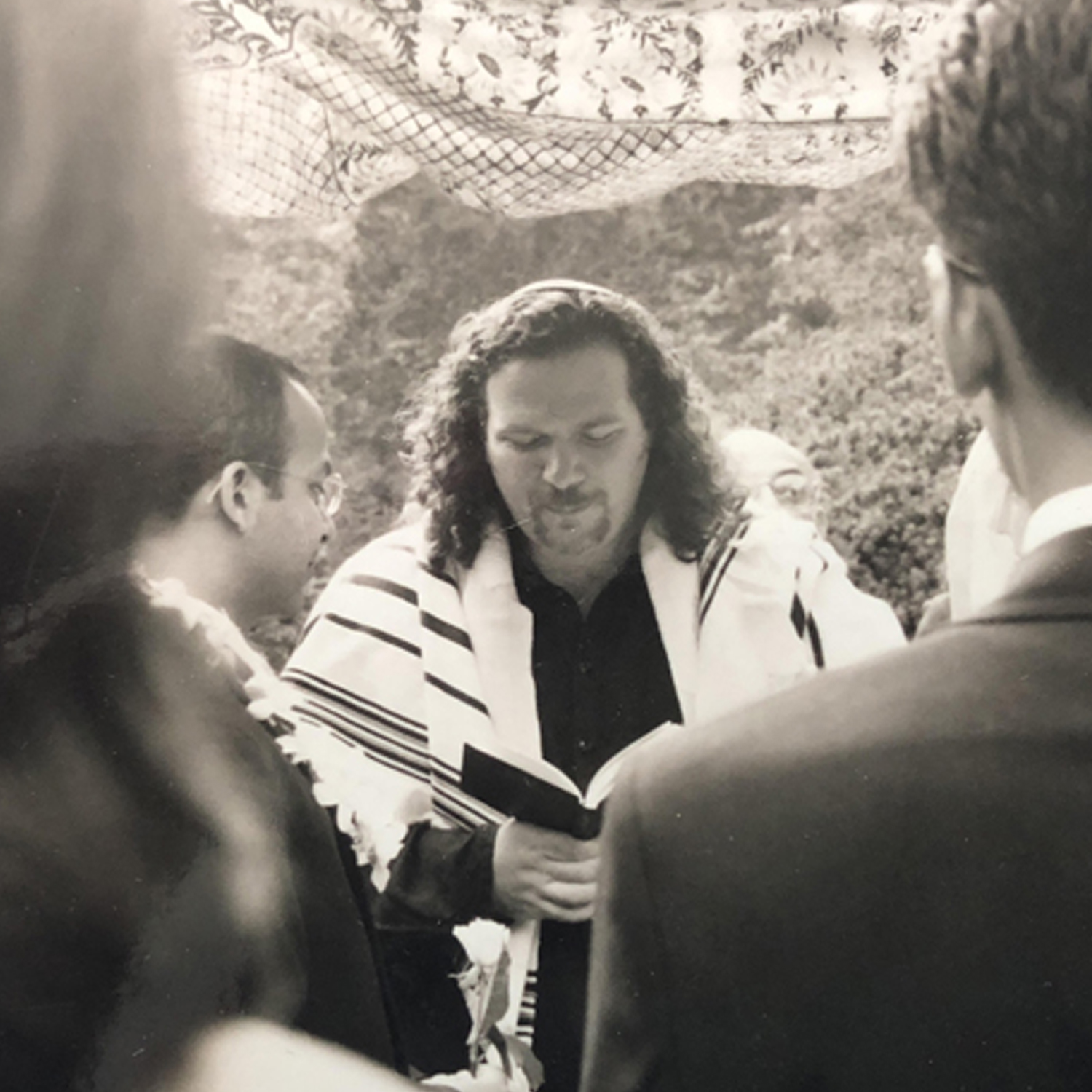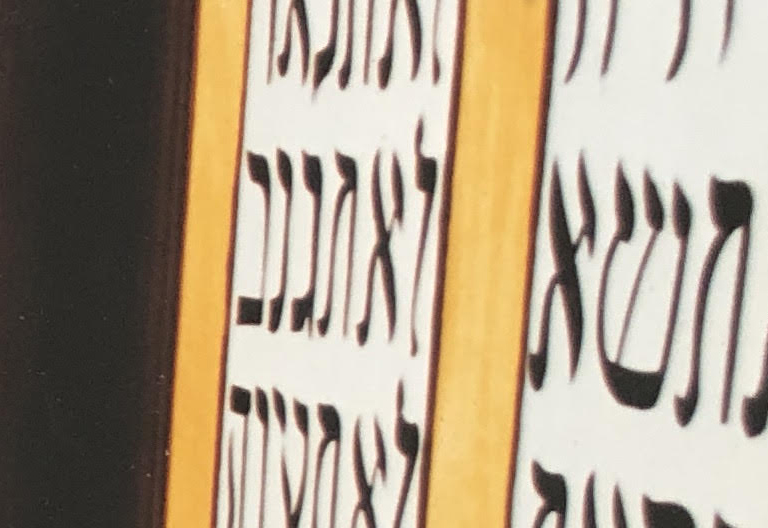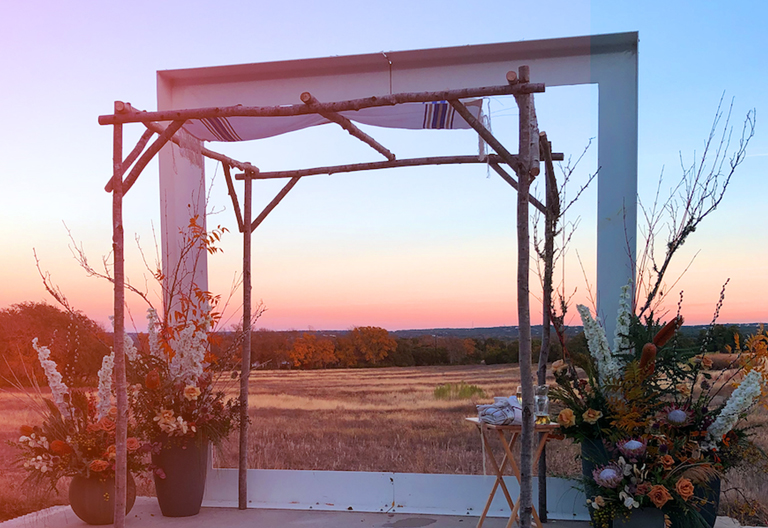Interfaith Families Unite with Social Justice work.
When interfaith couples think about combining religious lives, they are often focused on their concerns about sharing ritual, holidays, and life-cycle events. There is however, a part of religious living that puts up few barriers or questions about participation in the other’s traditions, and that is “social action” or simply helping to make the world a better place. I first noticed this many years ago when I created a project with the other local clergy, all of whom are Christians, and I am reminded of this fact every time my temple community engages in social action.
When I arrived here twelve years ago and joined our local clergy group, I learned how hard it can be to create interfaith services that would be acceptable to us and the town’s people. I live in rural New England and people here are often provincial in their thinking and participation. Stepping into unknown territory or another’s religious practices is uncomfortable and, in some cases, forbidden.
One of the best treats for me that came out of this project is the couple of interfaith families, who had not yet thought of temple affiliation as a doable part of their lives, who then joined our temple.
While planning our town’s second interfaith Martin Luther King, Jr. Day service, we needed a hook to bring the most people together. My family had already been involved with “The Heifer Project,” a program that provides animals and farm training to starving communities around the world, and I thought this could be our hook. Although it was founded under Christian auspices, it no longer had any religious affiliation and attracts and serves people regardless of religious affiliation or connection. The other clergy supported this idea, and our planning began to take off.
Each of the area churches, and our synagogue, was asked to advertise the project and to raise money toward a goal of $5000, enough to by an “Ark” full of animals. The result of our efforts would be reported at the service on King’s birthday. This service, which I co-led with several pastors and priests, was held in a church, and our Jewish community attended.
The project and the service were a big hit. We raised a full Ark and brought many people together. One of the best treats for me that came out of this project is the couple of interfaith families, who had not yet thought of temple affiliation as a doable part of their lives, who then joined our temple. Since then, our rural community has had many other services and projects bringing people together.
This year in our temple community we participated in an effort, sponsored by the Reform movement in Judaism, to provide food and other household items to survivors of hurricanes Katrina and Rita. We collected a small truckload of boxed goods that we drove to a larger temple, two states away, and loaded our goods onto their larger truck for shipping and distribution in the southern US. And once again this was an opportunity that created no ritual, familial or historical barriers for the interfaith couples in our temple community. It took less than a week to fill the truck.
Each time we find ourselves responding to the needs of the larger world, our community grows in number and in internal strength. These are the times that everyone can be of use and feels united as one religious community. Social action provides a common ground devoid of issues of religious history or acquaintance with particular ways of speaking or doing ritual, holidays and life-cycle celebrations.
Just a few weeks ago we celebrated the Bat Mitzvah of a child from an interfaith household that joined our temple after the Heifer Project campaign. It was the ability to feel a part of our community in this project, and not an outsider, that allowed the Christian mother the room to join our temple with her family. She reminded us of this in her speech to her daughter at the Bat Mitzvah.






